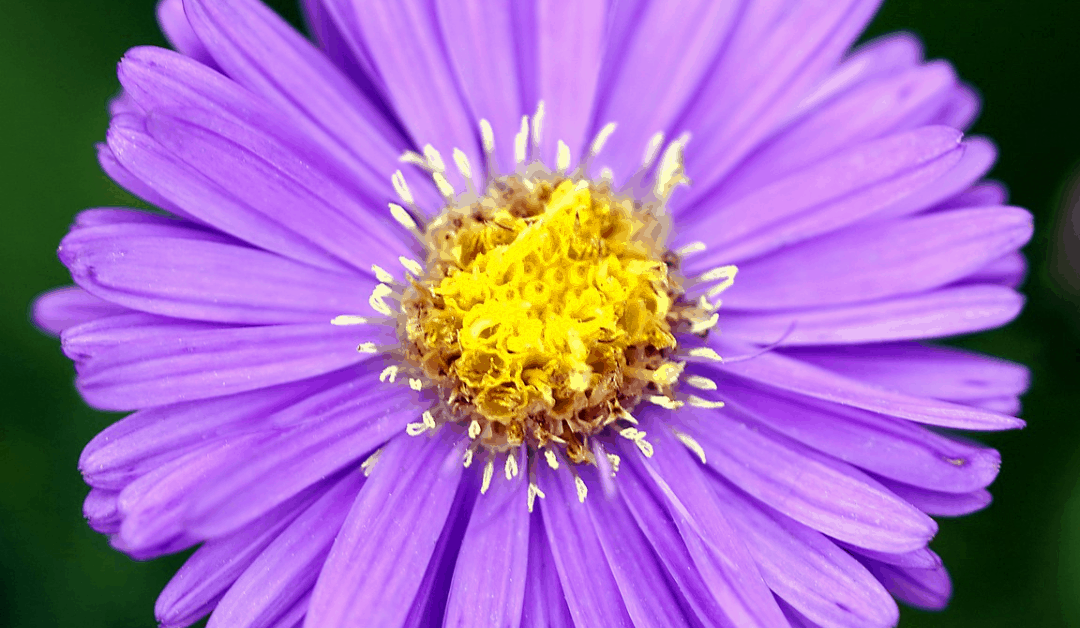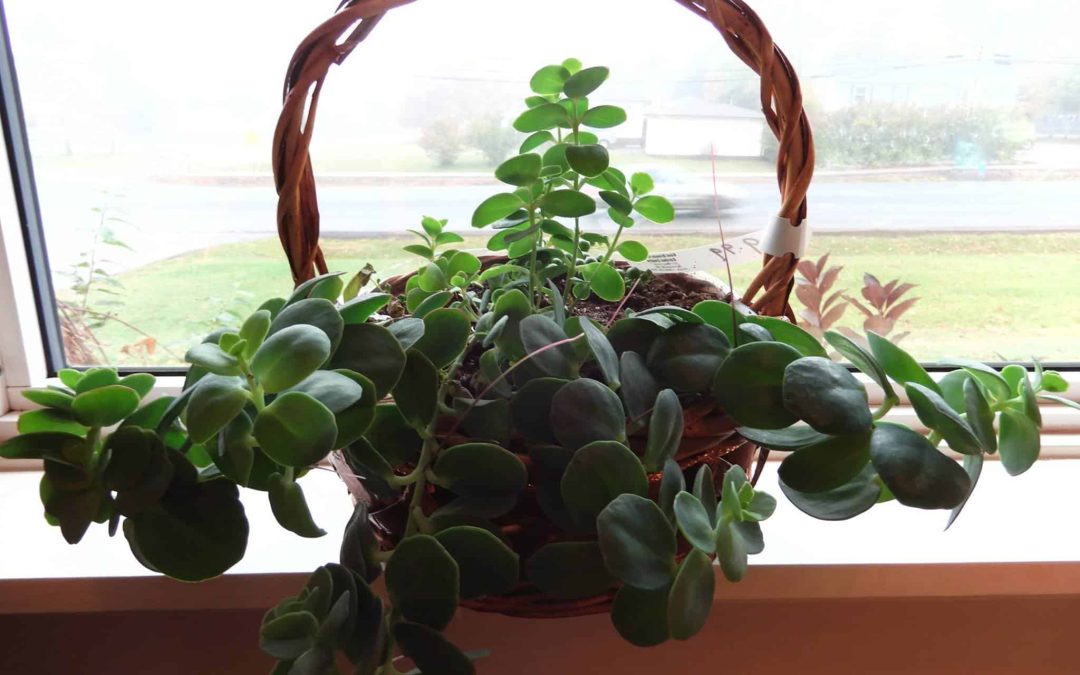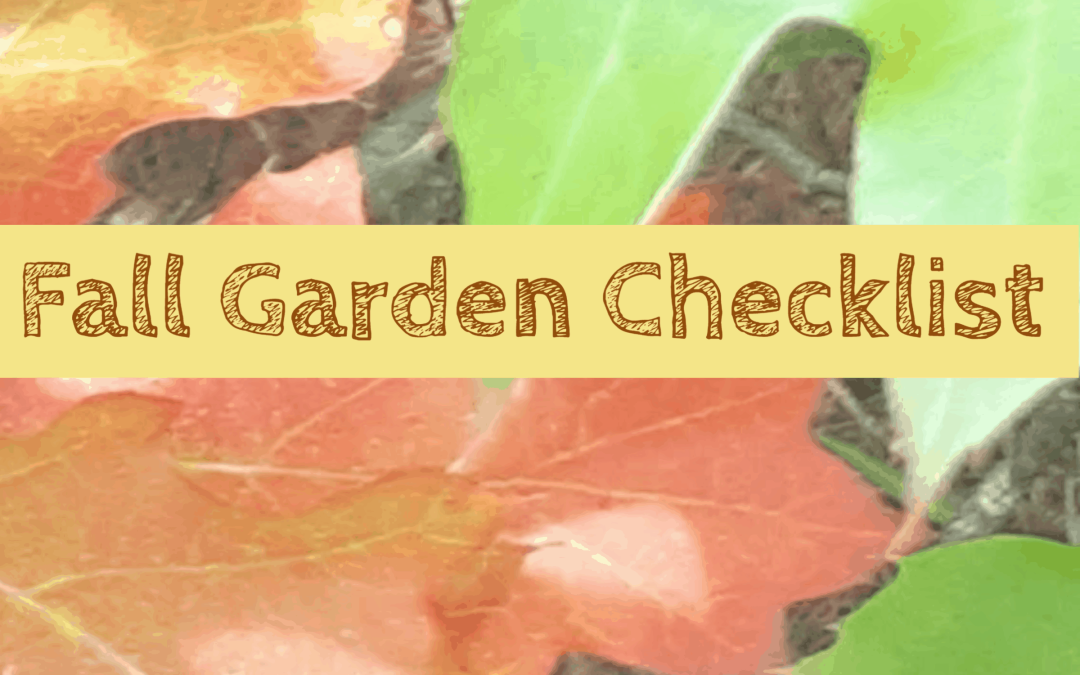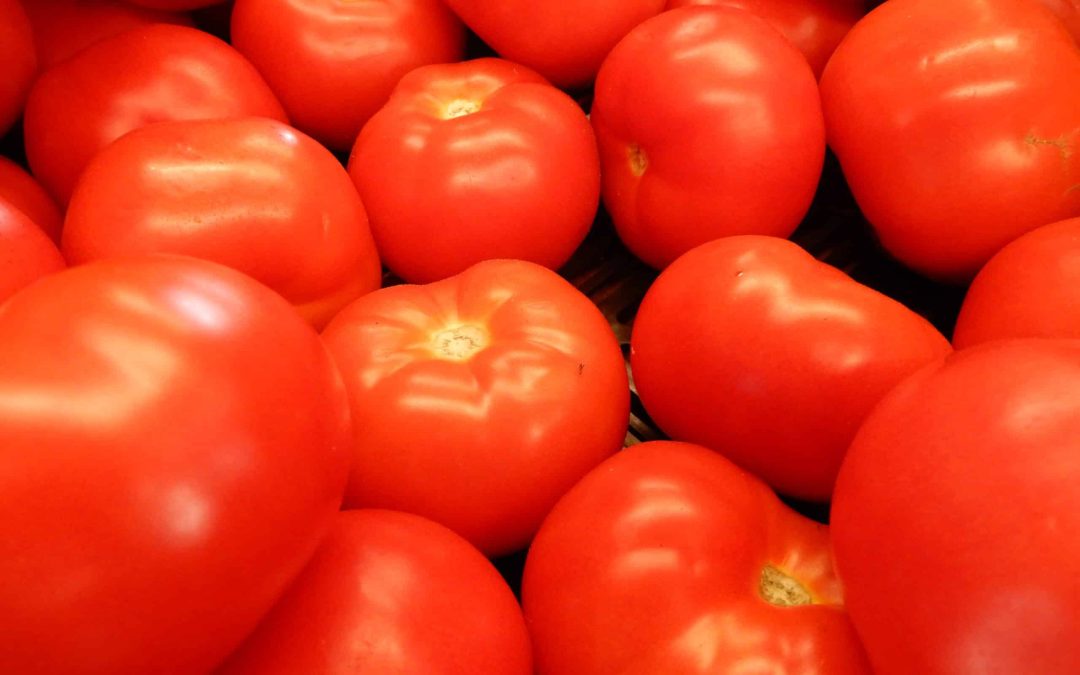
by KoolBreeze | Mar 9, 2021 | Blog
February is the month most gardeners spend salivating over the most recent Veseys Seed catalogue seeing what’s new and even more wonderful than last year. Plans for the vegetable garden, lists made, ordering completed. Great fun! And usually in a month’s time when I...

by KoolBreeze | Mar 8, 2021 | Blog
Why grow asters? At this time of year when summer’s blooms are fading, asters are like fall mums – still growing strong! Their cheery, daisy-like flowers add vivid colour to the porch in a container or planted in the garden. They are frost-tolerant and usually bloom...

by KoolBreeze | Jan 28, 2021 | Blog
Your plant may need to be repotted if there are roots coming through the hole in the bottom of the pot, or if you see more roots than soil when you slip the plant from the pot. Repotting can benefit the health of your plant by giving it room to grow and allowing more...

by KoolBreeze | Oct 23, 2020 | Blog
Gardeners are always thinking a season or two ahead. Here are Kim’s 10 things to do in the fall to prepare for next season’s growing. Fall bulbs and garlic. October-December is the time to plant fall bulbs like crocuses, daffodils, tulips, and alliums including...
by KoolBreeze | Aug 6, 2020 | Blog
They are microscopic worms that are used to fight lawn and garden pests like white grubs and chinch bugs. How do they work? Beneficial nematodes enter the body of the target host and release bacteria which kills the host. The nematodes then vacate the dying insect and...

by KoolBreeze | May 1, 2020 | Blog
How to grow tomatoes First, you’ll need to decide whether to start with seeds or transplants. We carry some great options for both. We recommend the following varieties, all of which are blight resistant: Mountain Merit (beefsteak; determinate) Defiant (medium size,...







